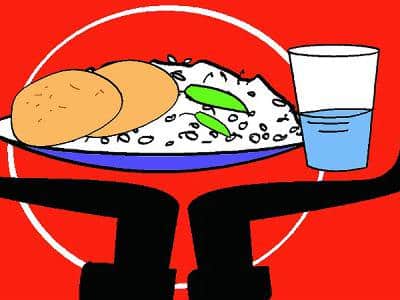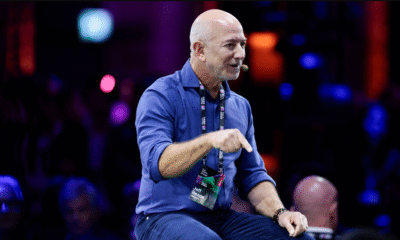Startup & Entrepreneurship
How food-tech start-ups were all the rage until it went downhill
The food technology start-up business saw many entrants in 2014-15. The sector seemed to be another big bet in the e-commerce sector, which is already riding high on the investor wave. What made food tech-delivery sector grab a lot of attention was the sudden spurt in the number of players.
However, the recent news of Food Panda looking for a buyer, with a total valuation of $ 10 million for the buyout and not been able to find a suitor has raised greater insecurities for the sector. Even other prominent names in the industry, including Zomato, have cut down their staff size to curb their operational expense.
It all started on a very optimistic note for the food startup tech business few years back. And, there are strong reasons to believe so. Indians have witnessed a definite trend of consumers eating outside, growth in the sophisticated style of food culture. It has reached a point, where eating out is a ritual and all kind of lucrative offers are being made to attract consumers. A stark fact which directly supports the online food delivery system is the increase in delivery of food at home. The surge in the new age food-tech startup is because of all the above reasons plus the strong fundamentals it presents to the investor community.
All this comes amidst the slew of positive news centered on the same organisation recently. There was an investor funds development for Food Panda, which was accompanied by heavy advertising. Then, there were more prominent players joining the marketing bandwagon. So, when the industry was expecting this sector to become hyper-competitive, the sudden speculative news have settled down the excitement.
So, what went or has gone wrong? One main thing that continues to plague the e-commerce sector is the operational cost vs. revenue. In the case of the food industry, there are a lot of issues when it comes to logistics. Unlike groceries and medicines, which do not spoil quickly, food is something that is highly perishable.
Also, customers have very high expectations. First, customers expect food on time and quickly. At the same time, the general expectation is for food that is delivered to be hygienic, hot and fresh.
The e-commerce companies that have entered the food segment are aggregators or mediators. The onus of meeting the customer’s expectations still lies with the restaurant. Add to it, the traffic time to reach a particular destination on delivery.
On the other hand, these issues are now being tackled by the industry players. One such strategy is going hyper-local. In other words, partnering with neighborhood stores or restaurants to deliver within a particular radius is one solution and solves the problem of time.






































